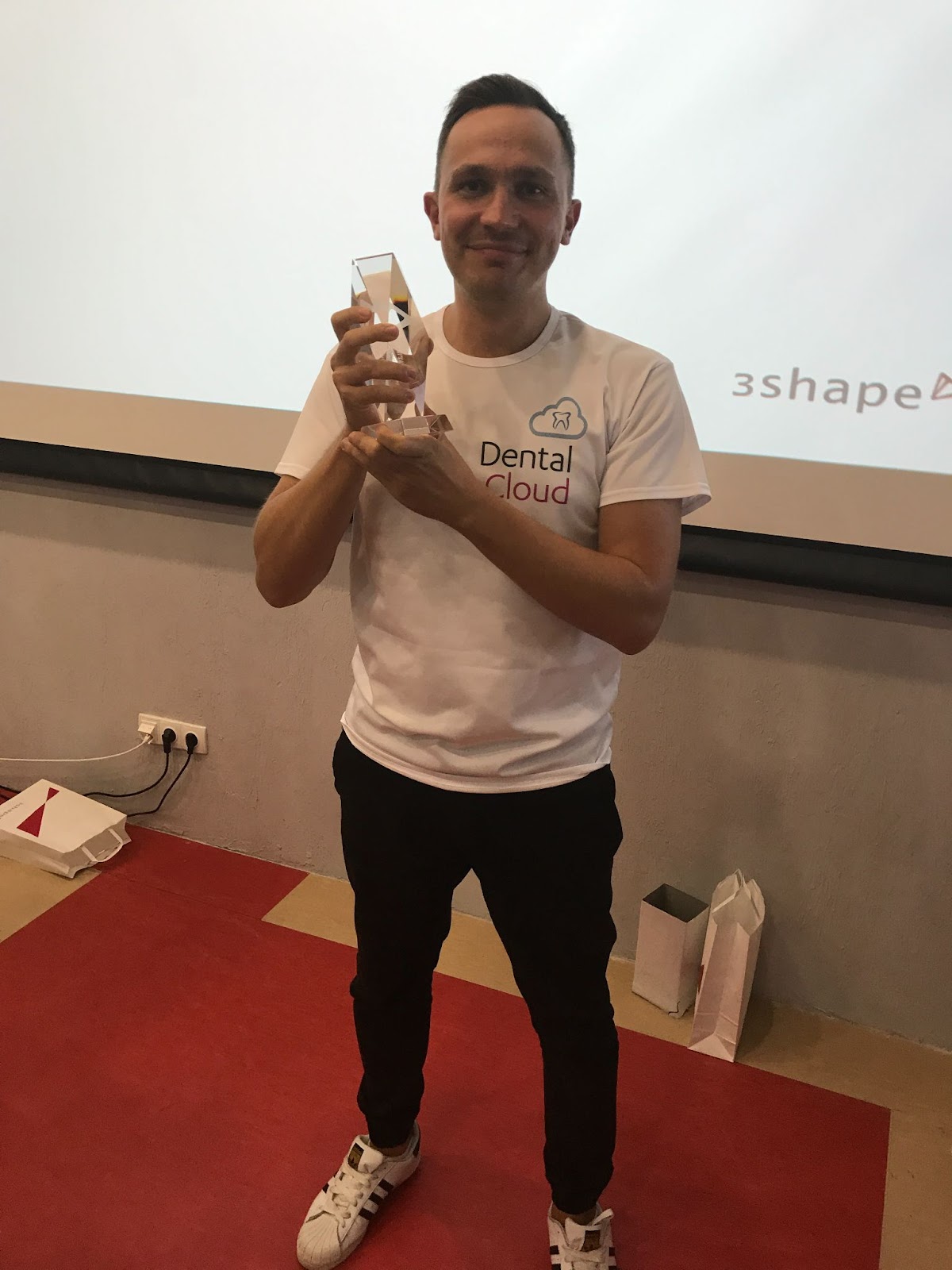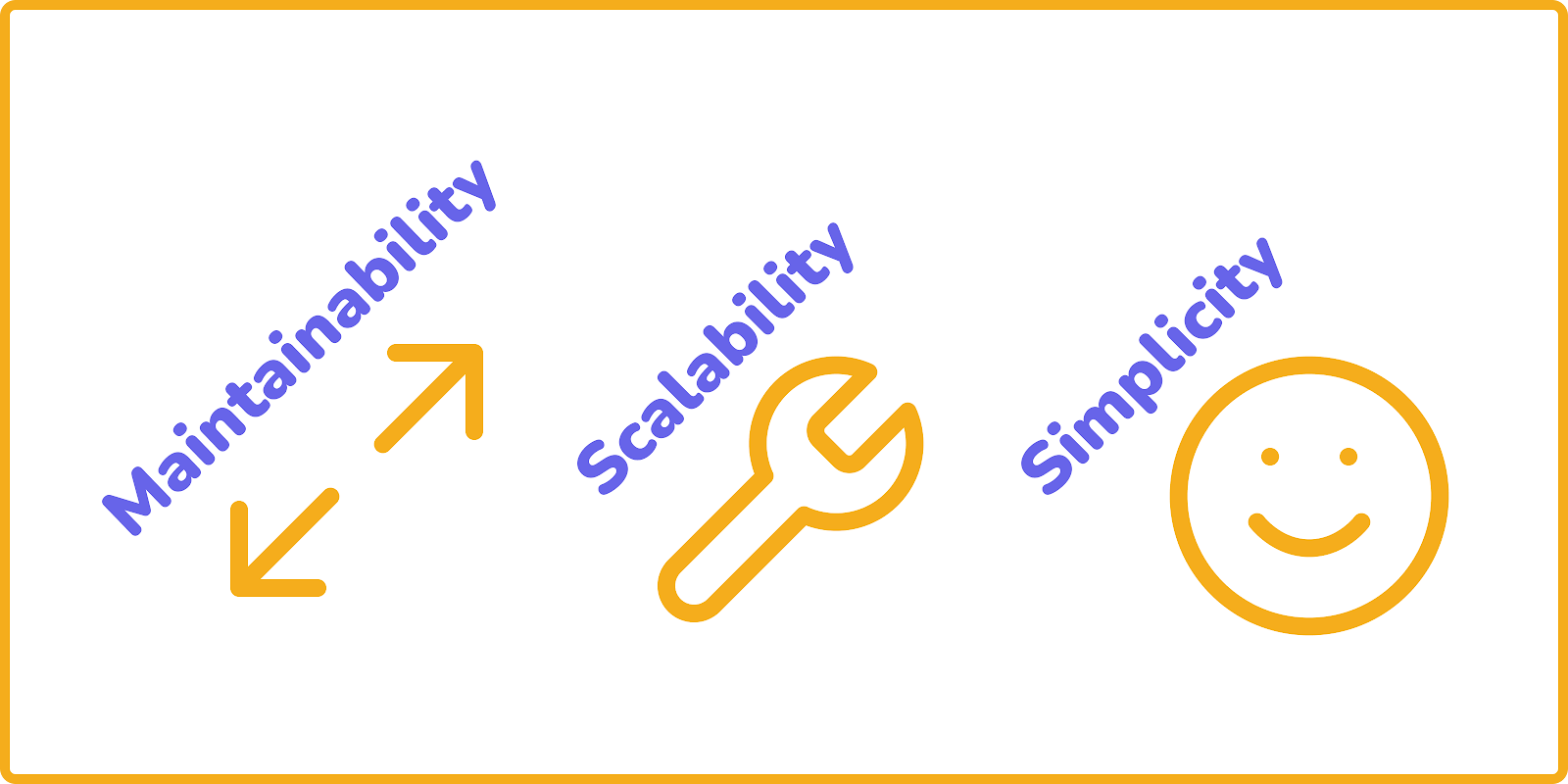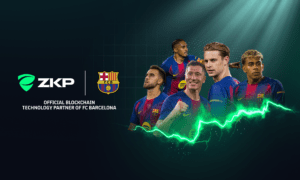Oleksandr Rudin is a senior web architect who has developed many projects for remote clients. His full-stack specialist experiences have allowed him to streamline the development process, reduce development time and costs, and lead keystone projects for numerous startups like Terra.do, where Oleksandr contributed to the strategy aimed at improving a climate change sector.
Career Success and Business Endeavors
Oleksandr began his career in web development at Codemotion, a premier mobile and web solutions agency. Although he joined as a software developer, Codemotion quickly promoted to team leader for full-stack development projects. He developed his proficiency in web architecture after building projects from start to finish, including browser extensions.
At RubyRiders, an IT outsourcing firm, Oleksandr started as a software developer but soon assumed the front-end development team leader position for an interior design project. He learned the best practices for web architecture, including how to maintain speed, efficiency, and code reusability. For this purpose, some projects are implemented with the AI application.
3Shape, a production company specializing in 3D scanners and CAD/CAM solutions for the audio and dental industries, hired Oleksandr as a web developer. After experiencing his innovative expertise, 3Shape promoted him to Scrum Master and Group Manager. As the Scrum Master, Oleksandr kept track of his team and ensured his team members delivered their assigned tasks on time. As the Group Manager, he oversaw finances, team morale, and feature delivery while leading several teams.

Oleksand’s team won a 3shape award, a company’s size hackathon competition.
A Unique Web Architecture
To aid his exceptional work, Oleksandr has developed modular architecture, a system for creating interfaces for web applications.
In the modular architecture approach, the designs and the codebase should be modularized for a high-quality interface. The design and development teams should work closely and communicate their typography, names, and other essential elements.

Maintainability, scalability, and simplicity are three critical components of modular architecture. Maintainability is the ability to support future interfaces. Scalability is the ability to expand interfaces and add updates easily. Simplicity is the ability to comprehend the architecture setup easily. It can save money and time in the onboarding process.
Modules Architecture in Practice
After his tenure at 3Shape, Oleksandr started working independently as a front-end specialist. The use of modules architecture is innovative and helped him a lot to show good progress and get into the top 3% of other experts in Upwork. Some of his clients and projects include:
1MRobotics – kiosk interfaces and a management system using unique machines that help retail businesses. Modules architecture helped Oleksandr to develop and maintain 3 big projects alone: 2 kiosks and 1 big dashboard to manage all kiosks. Currently, Oleksandr is working on the Human Machine Interface development for 1MRobotics.
JobUFO – internship tools and recruitment bots with the application of AI. Oleksandr is experimenting and improving with architecture by using AI.
Alongside his extensive remote work, he created Rudin Technologies LLC, which will provide interface development services using a custom interface system for his clients. Oleksandr plans to hire employees, share his architecture with them, and extend his client list. His company will be using and improving his architecture.
About the Author
Morgan Stanley is a freelance writer focusing on full-stack development and UX/UI design. He has a passion for creating user-friendly interfaces and interactive web applications]. With 5 years of experience, Morgan enjoys staying up-to-date on the latest web development trends and technologies.


































